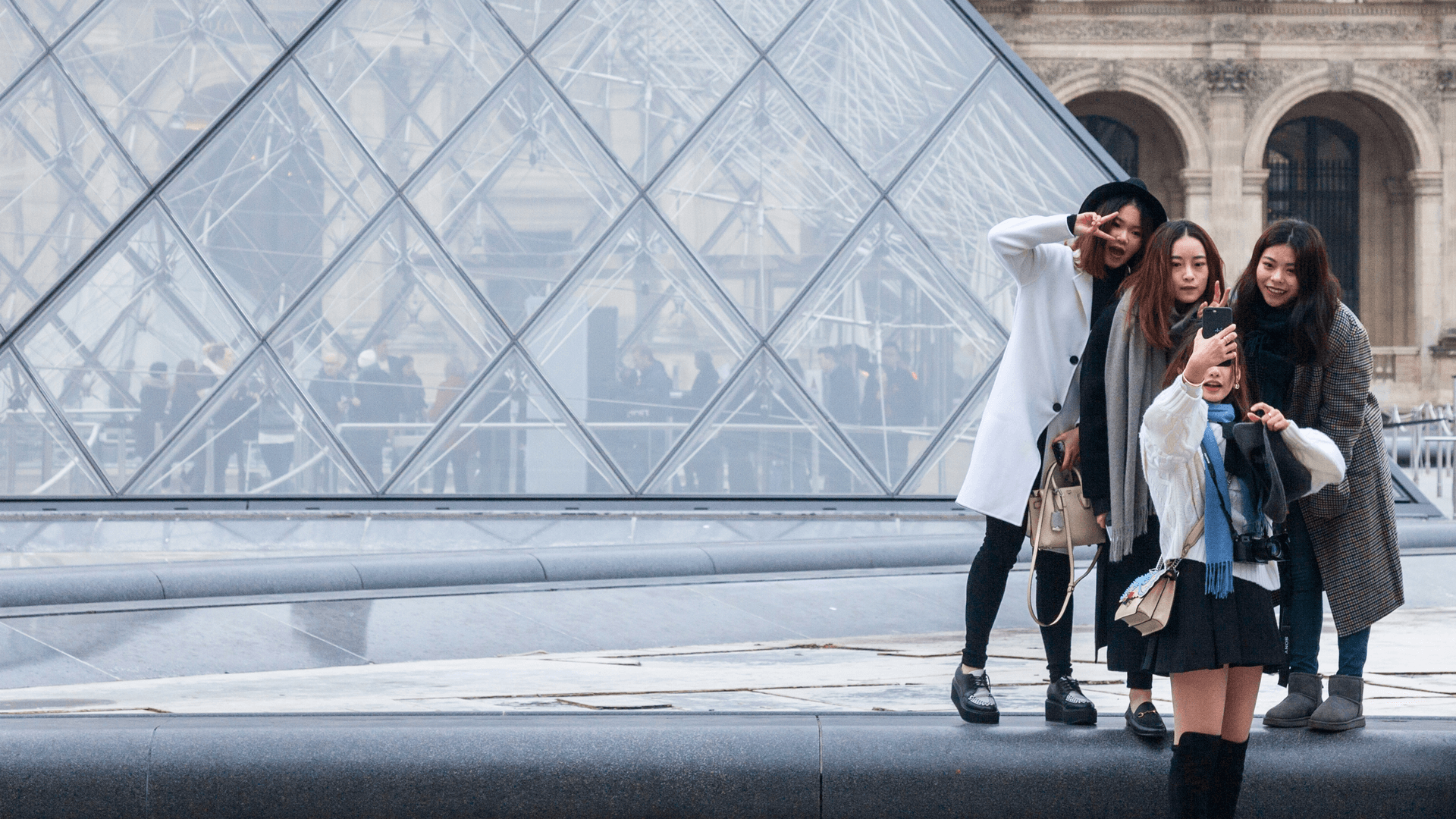Fostered during a time of high-paced economic growth and affluence, Chinese millennials aged 18-35 —there are currently about 415 million of them, 5 times larger than their U.S. counterpart — tend to more educated, tech savvy, and adventurous. Key catalysts of the billions spent by Chinese visitors on global travel, they increased their spending on international travel by 80 percent in 2018. In fact, two-thirds of all Chinese passport holders are millennials. Not to mention, they account for more than half of all luxury goods buyers in China. Dubbed the next generation of “super consumers,” there is no doubt that Chinese millennials are transforming every sector of the economy, from travel to retail. Here’s how to attract the ultra-connected demographic to upcoming exhibitions in five easy steps.
Step One: Digital marketing is key
Over 90% of millennials own a smartphone and 50% of them report checking their cellphones every 15 minutes. In effect, online and mobile communication is fundamental. To get in on the action, establish an “active” presence on popular social platforms: WeChat and Weibo, Chinese equivalents of Facebook and Twitter. Post practical information about ticketing and opening hours, as well as interactive content like videos showing behind-the-scenes exhibit footage. Additionally, index your website on Baidu, which currently boasts 80% of the Chinese search engine market, and get on social trip-planning forums such as Ctrip and Qyer, and Mafengwo.
Step Two: Interactive exhibits are the (present) future
Deliver creative venues with selfie-ops — like the now-infamous Museum of Ice Cream in NYC, which spawned hundreds of imitators, including some in China. (They are highly millennial-friendly and essential to building social media buzz.) Studies also show that visitors are willing to pay more for tickets if the exhibition is interactive. This can include sounds, light effects, image projections, quizzes throughout the exhibition, and the use of 3D, and virtual reality.
Step Three: Reach out to influencers
Invite key opinion leaders (KOLs) on social media to openings, exhibitions or special events. Strongly incentivized by their own peer group, Chinese millennials often seek suggestions from KOLs they follow. If one posts an article, a photo or a comment about a particular location or event, fans will want to go there too.
Step Four: Double down on personalization
Young travelers’ tastes have shifted from run-of-the-mill sightseeing tours to more in-depth cultural experiences like rural homestays. Therefore, focus on curating unique guest experiences rich in local customs, cuisines, people, and events.
Step Five: Join the cashless revolution
“Mobile wallets” are the new norm for Chinese millennials. To facilitate visits for museumgoers, adhere to mobile payment apps via WeChat and Alipay, which account for 93% of China’s mobile payment segment. Leapfrogging the use of cash, credit cards, and checks, users simply scan a QR code and money is charged to the buyer’s account, sans language or currency barriers.



